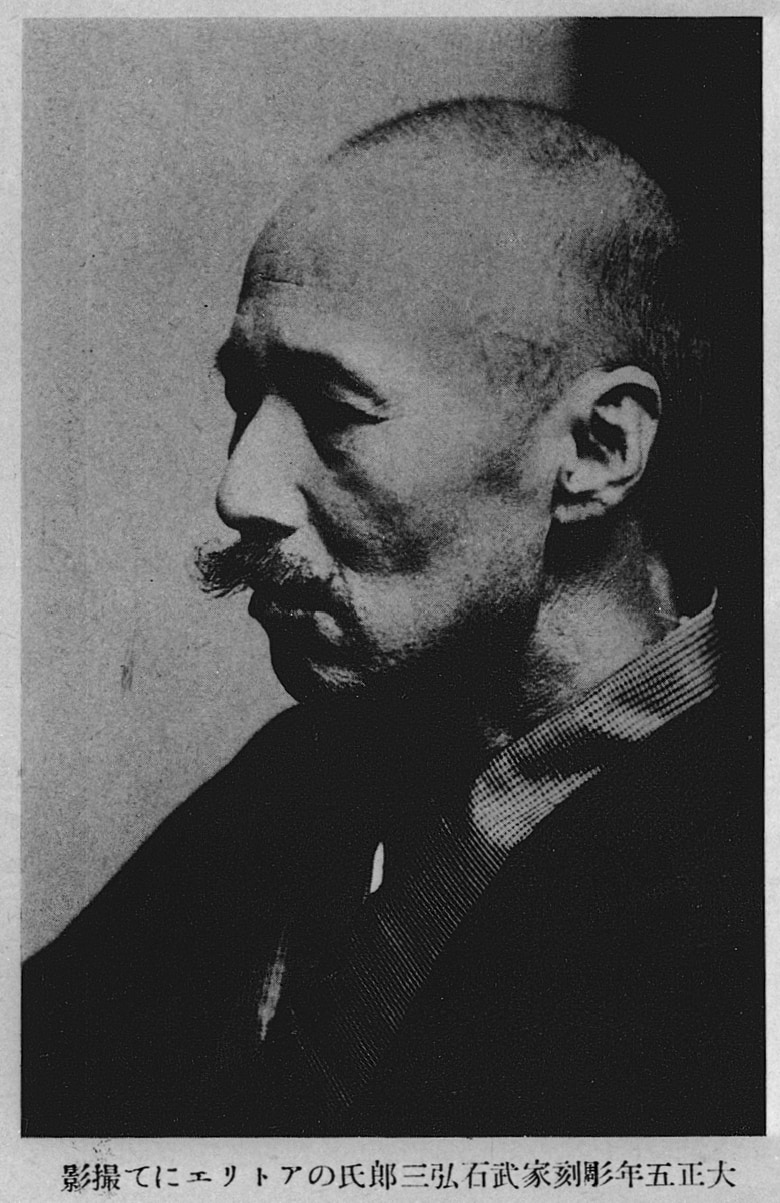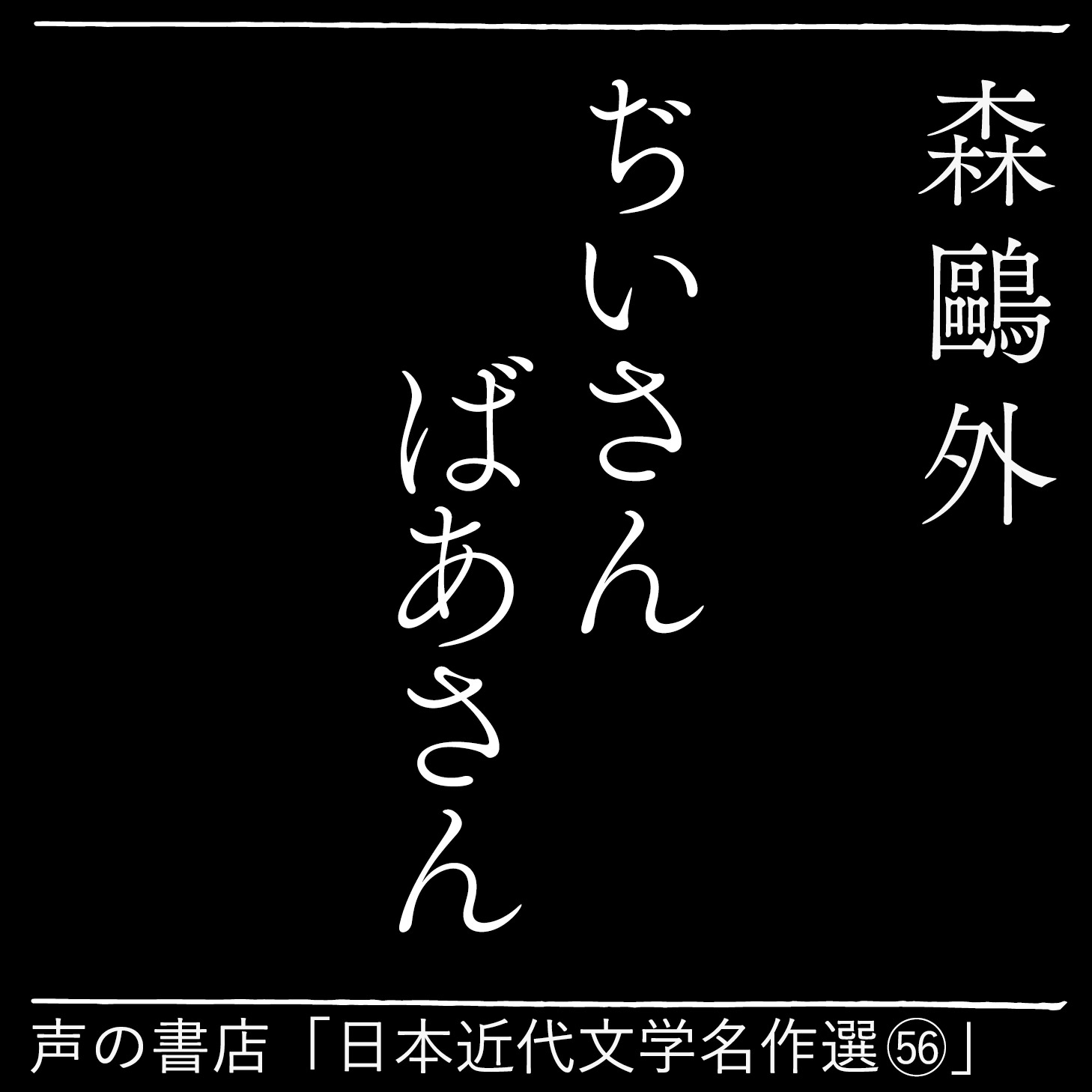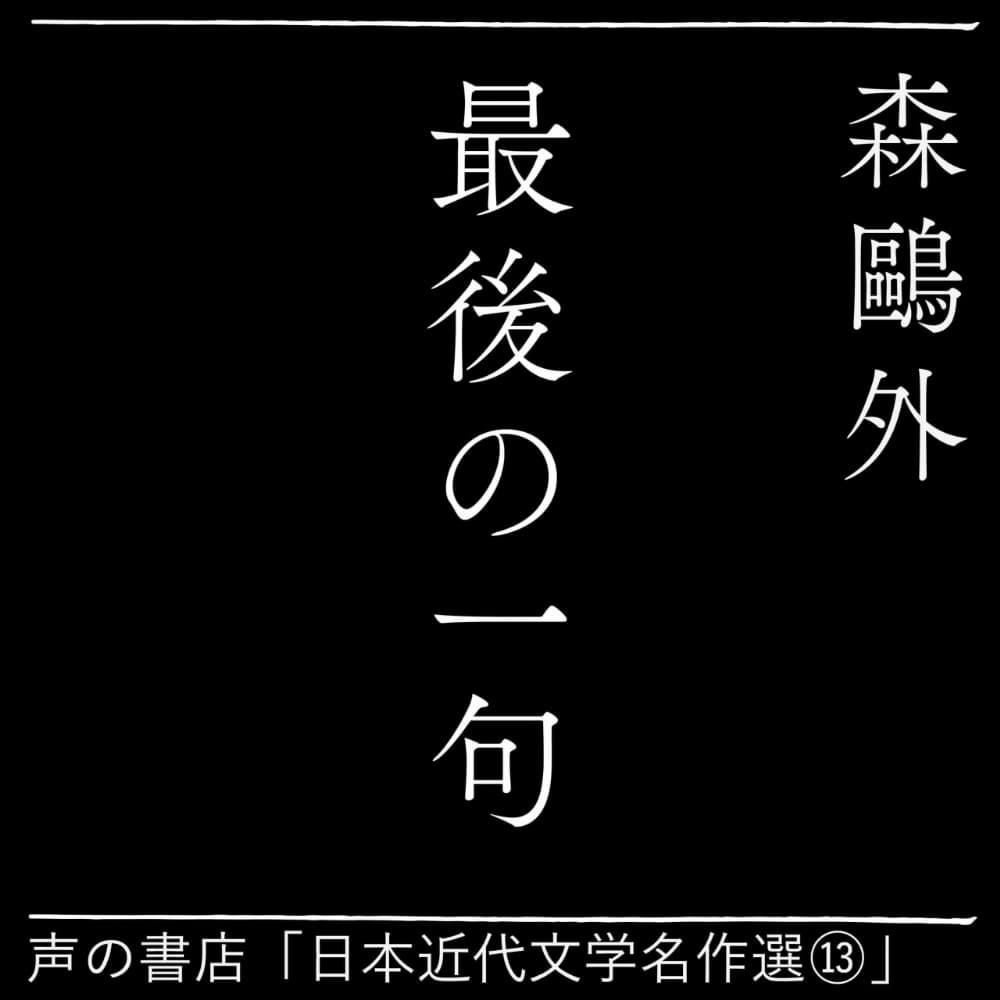
出典:国立国会図書館「近代日本人の肖像」 (https://www.ndl.go.jp/portrait/)
森 鴎外
文久2年(1862) – 大正11年(1922)
石見国(現、島根県)生まれ。本名、森林太郎。東大医学部卒業後、陸軍軍医となり、明治17(1884)年から4年間ドイツへ留学。帰国後、明治22(1889)年『国民之友』に、訳詩集『於母影』を発表。文芸評論誌『しがらみ草紙』を創刊し、啓蒙的文筆活動を開始。翌年、日本人留学生とドイツ女性との悲恋を描いた小説『舞姫』を発表。明治25(1892)年より、翻訳『即興詩人』を連載。日清戦争に出征。帰国後『めさまし草』を創刊。明治37(1904)年、日露戦争に従軍。『スバル』創刊後は『ヰタ・セクスアリス』『青年』『雁』などを発表。歴史小説『興津弥五右衛門の遺書』『阿部一族』『高瀬舟』、史伝『渋江抽斎』を執筆。日本近代文学の礎を築いた文学者。
Ōgai Mori
1862 – 1922
Born in Iwami Province (present-day Shimane Prefecture), his real name was Rintarō Mori. After graduating from the University of Tokyo’s Faculty of Medicine, he became a military doctor and studied in Germany for four years from 1884. Upon returning to Japan, he published the translated poetry collection Omokage in Kokumin no Tomo in 1889. That same year, he launched the literary criticism magazine Shigarami Sōshi, beginning his career in literary enlightenment. The following year, he published the novel Maihime (“The Dancing Girl”), depicting the tragic love story between a Japanese student and a German woman. From 1892, he serialized a translation of Sokkyo Shijin . He served in the First Sino-Japanese War and, upon his return, founded the magazine Mesamashi-gusa. In 1904, he took part in the Russo-Japanese War as a military doctor. After launching the literary magazine Subaru, he published works such as Wita sekusuarisu(”Vita Sexualis”), Seinen (“Young Men”), and Gan (“The Wild Geese”). He also wrote historical novels, including Okitsu Yagoemon no isho(”The Last Testament of Okitsu Yagoemon”),Abe Ichizoku(”The Abe Clan”), and Takasebune(”The Boat on the Takase River”), as well as the biographical work Shibue Chūsai . Mori laid the foundation for modern Japanese literature.


